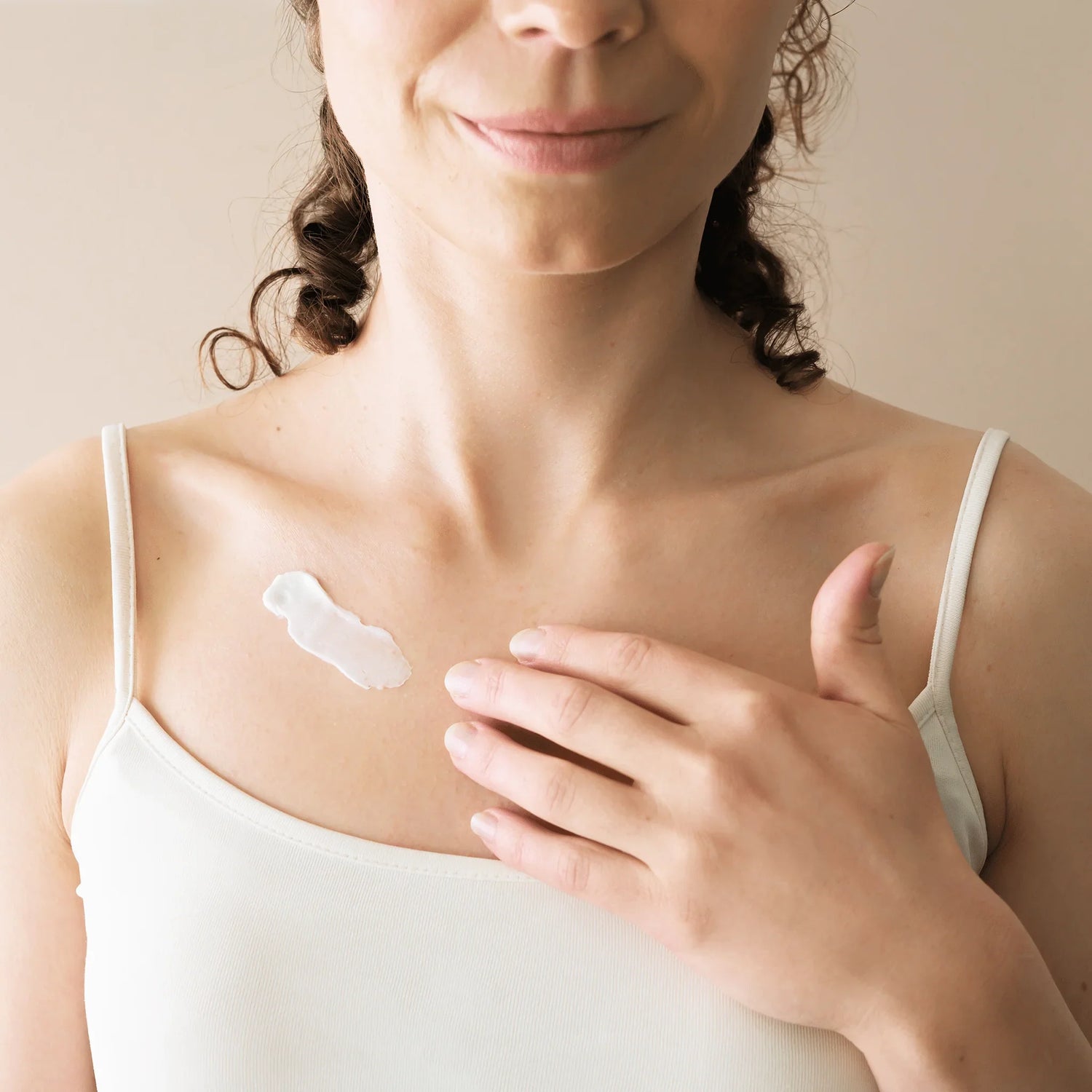
How often should a child bathe? A guide by age group
Share
Taking care of hygiene is an important part of a child’s overall well-being. But how often does a child really need a bath or shower? In this guide, we’ll walk you through how bathing needs change with age -starting from toddlerhood- and share practical tips to make daily routines easier. At the end, you’ll also find advice on what to do if your child’s skin becomes dry from washing.
(Looking for tips on bathing a baby instead? Check out our dedicated article on that topic.)
To get started, simply choose the routine that fits your child’s age and needs:
Toddlers 1-3 years
Shower or bath: 2–3 times a week is usually enough. However, hands, face, and the diaper area should be cleaned daily.
Hair washing: Once a week or as needed.
Tip: Make bath time fun! Bath toys and a personal sponge can turn washing into playtime.
Kids 4-6 years
Shower or bath: 2–3 times a week, or more often if your child plays outside or sweats a lot. Daily cleaning of hands, face, and private areas is still important.
Hair washing: 1–2 times a week or as needed.
Tip: Teach your child why hygiene matters and encourage them to start practicing independent washing.
Kids 7-12 years
Shower or bath: Daily or every other day, depending on how active your child is.
Hair washing: 2–3 times a week or as needed.
Tip: By this age, it’s a good time to start using mild shower gels and shampoos regularly.
Teenagers 13+ years
Shower or bath: Daily, as puberty increases sweating and oil production.
Hair washing: As needed, often 2-4 times a week.
Tip: Encourage teens to take charge of their hygiene and choose products that suit their skin type.
What to do if your child has dry skin
Dry skin is common, especially in winter or when bathing frequently. Here’s how you can help:
- Keep showers short: Long, hot showers can dry out the skin. Use lukewarm water and limit bath time to 5–10 minutes.
- Choose gentle products: Avoid heavily foaming or scented soaps. Look for products made for sensitive or dry skin.
- Try cream cleansing: Use a product like Gentle Cleansing & Moisturizing Cream instead of soap. Soap can wash away the skin’s natural moisture barrier, but cream cleansers protect and hydrate while still cleaning effectively. This is especially helpful for dry or atopic skin.
- Moisturize right after bathing: Apply lotion while the skin is still slightly damp to lock in moisture. The Gentle Cleansing & Moisturizing Cream can also be used for this.
- Limit soap use to key areas: Daily full-body soap use isn’t necessary. Focus on areas that get truly dirty, like armpits, feet, and private parts. You can also replace the soap with gentle baby oil like Baby Caring & Cleansing Oil.
If you ever feel unsure, remember -you’re doing great, and we’re here to help! 😊


